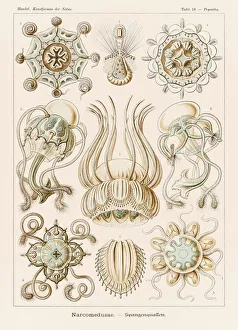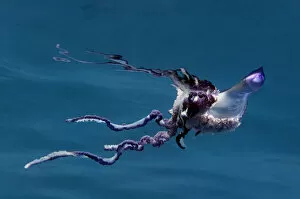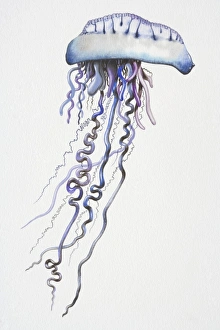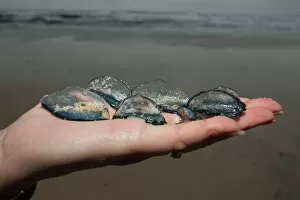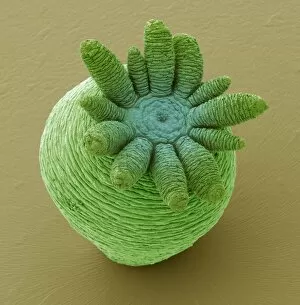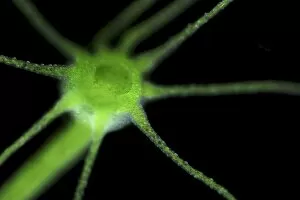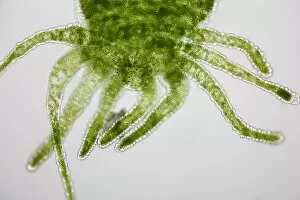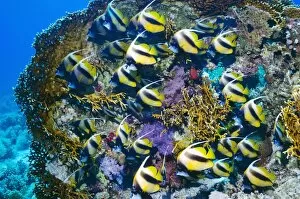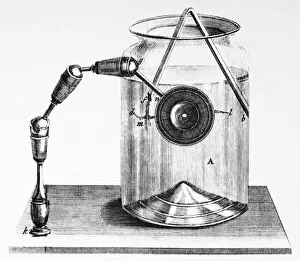Hydrozoans Collection
Hydrozoans, also known as hydrozoa, are fascinating creatures that inhabit the depths of our oceans
All Professionally Made to Order for Quick Shipping
Hydrozoans, also known as hydrozoa, are fascinating creatures that inhabit the depths of our oceans. With their intricate and mesmerizing forms, they have captivated the attention of scientists and artists alike. In Ernst Haeckel's masterpiece "Kunstformen der Natur, " Plate 16 showcases the stunning Pegantha Narcomedusae. These hydrozoans display a delicate beauty that is both enchanting and mysterious. Another remarkable sight is the Skeleton shrimp on a hydroid in Saltstraumen, Norway. This symbiotic relationship between two species highlights nature's ability to create harmony even in the most unlikely places. The Portuguese man-of-war, with its vibrant colors and long tentacles floating on water surfaces in Portugal's Azores region, is truly a sight to behold. Its graceful presence commands respect while reminding us of the fragility of life beneath the waves. Witnessing Hydra budding through scanning electron microscopy reveals an incredible process of reproduction. These tiny organisms possess an extraordinary ability to regenerate themselves and continue their lifecycle. By-the-wind Sailor groups washed up on beaches in Cornwall, England evoke curiosity and wonderment. Their collective presence serves as a reminder of how interconnected marine ecosystems truly are. A captive Hydroid named Candelabrum cocksi found in Kimmeridge, Dorset offers researchers an opportunity to study these creatures up close. Understanding their behavior can shed light on their vital role within marine environments. Whether it be encountering Portuguese Man o' Wars floating effortlessly or holding By-the-wind Sailors delicately in human hands, these experiences remind us of our responsibility to protect these fragile ecosystems for future generations. Hydrozoans may seem otherworldly with their unique structures and behaviors but they play an essential part in maintaining balance within our oceans. Let us appreciate their beauty while striving towards preserving their habitats for years to come.

